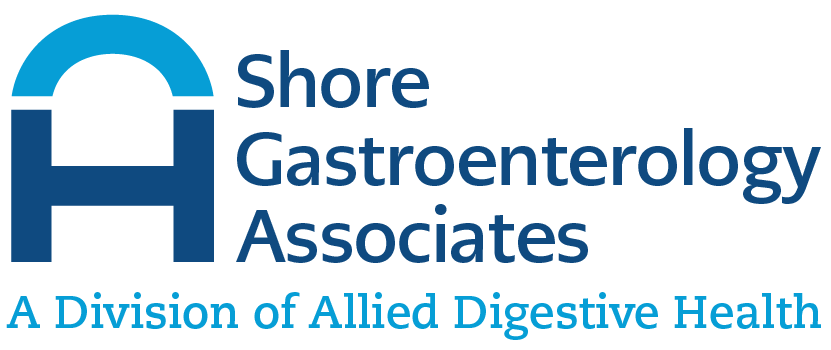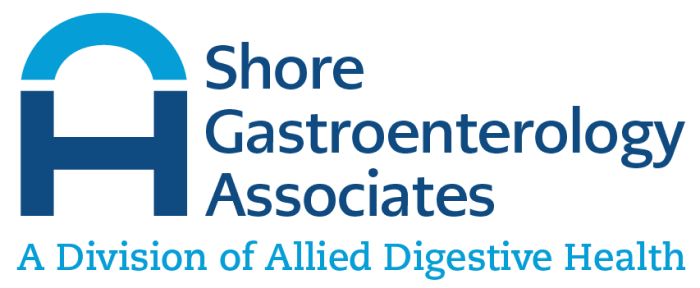What Is Laryngopharyngeal Reflux?
Also known as silent reflux, laryngopharyngeal reflux occurs when there is a retrograde (backward) movement of acid and stomach enzymes into the throat. Unlike gastroesophageal reflux disease (GERD), which often presents with a burning in the chest, laryngopharyngeal reflux is called silent reflux because patients experience no symptoms. Only around 35 percent of patients with laryngopharyngeal complain of symptoms. However, laryngopharyngeal reflux should be treated, as it can affect the quality of life or cause further complications, such as the formation of ulcers in the mouth or granulomas (masses) in the throat.
What Causes Laryngopharyngeal Reflux?
The cause of acid reflux is dysfunction of the lower esophageal sphincter (LES). This is a muscle that manages the opening between the stomach and esophagus. When a person without reflux eats or drinks something, the muscle opens to let what was ingested pass through and then closes tightly. In a person with laryngopharyngeal (or GERD), the muscle does not close properly, and stomach acid and enzymes enter the esophagus and bubble up in your throat.
Am I At Risk for Laryngopharyngeal Reflux?
Anyone can develop laryngopharyngeal reflux, regardless of age, gender, or ethnicity, but certain risk factors that predispose you to develop silent reflux. These include:
- Being overweight or obese
- Stress
- Wearing too-tight clothing
- Poor dietary habits
What Are the Symptoms of Laryngopharyngeal Reflux?
Only around 35% of those with the condition report symptoms. Those who do develop symptoms feel them predominantly in the throat. These include:
- Hoarseness
- Sore throat
- The need to constantly clear the throat
- Difficulty swallowing (dysphagia)
- Inflamed larynx
- Chronic, dry cough
- Lump in the throat (globus sensation)
Some of these symptoms are also present in other conditions, such as the common cold. However, if your symptoms persist for more than a few days, contact your gastroenterologist or physician for a visit.
How is Laryngopharyngeal Reflux Diagnosed?
Your physician will do a quick, noninvasive physical inspection of your throat and ask about your symptoms. If they suspect laryngopharyngeal reflux, they may order certain diagnostics to confirm or deny the suspicion. Some of the tests used to diagnose silent reflux include:
- Swallowing study. In this study, you will swallow barium. This coats the esophagus, and your physician will watch how food moves through the esophagus using an X-ray. The barium “lights up” areas, so they are more easily seen.
- Endoscopy. This is a noninvasive outpatient procedure that allows our gastroenterologist to get a closer look at your digestive tract. After placing you on twilight sedation, the doctor inserts a long, thin tube with a small camera attached called an endoscope in your mouth, through your throat, and down into the esophagus. Endoscopy allows your doctor to see your throat, esophagus, stomach, and the top part of the small intestine (duodenum). The camera allows visualization of problems in the GI tract.
- Esophageal pH test. The esophageal pH test measures the amount of acid (pH) in the esophagus. A slim tube is inserted into the nostril and guided down to the esophagus, just above the LES. Outside of the body, you will be equipped with a monitor to measure the pH level at various points. A newer, less invasive procedure is also available to measure pH. Instead of tube insertion, you swallow a capsule and are monitored for 48 hours.
What Is the Treatment for Laryngopharyngeal Reflux?
The first-line treatment for laryngopharyngeal reflux is a lifestyle change. Your doctor will tell you to avoid peppermint, chocolate, caffeine, tobacco, and alcohol, as these all weaken the LES. Citrus fruits, acidic food, and spicy food can also aggravate symptoms. Carbonated beverages can also trigger the dysfunction of the LES. Your physician may also advise you to:
- Avoid clearing your throat
- Take over-the-counter antacids or proton pump inhibitors (PPIs), such as omeprazole
- Prop your head up as you sleep
- Not to eat two hours before bedtime
- Lose weight (if applicable)
Rarely, if laryngopharyngeal reflux is severe, surgery is utilized as a treatment method.
What Is the Outlook for Laryngopharyngeal Reflux?
If silent reflux is treated, the outlook is positive, as laryngopharyngeal reflux is typically managed with lifestyle and behavioral changes. However, if silent reflux is not treated, other complications can occur, such as:
- Vocal fold swelling
- Ulcers on the vocal folds
- Forming of masses in the throat
- Chronic cough
- Making asthma, bronchitis, or emphysema symptoms worse
If left untreated, the most severe cases of laryngopharyngeal reflux can develop into cancer of the larynx.
Can I Prevent Laryngopharyngeal Reflux?
To minimize your chances of developing laryngopharyngeal reflux, you should limit chocolate, caffeine, alcohol, and carbonated beverages. Spicy and fatty foods and smoking tobacco can both contribute to silent reflux. You can also manage stress appropriately, wear loose-fitting clothing, and maintain a healthy weight to minimize the risk of laryngopharyngeal reflux. Also, don’t eat two hours before bedtime. This is standard good practice, as even someone without reflux or gastrointestinal disturbances can develop heartburn if they immediately lie down after eating.


